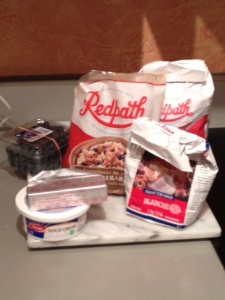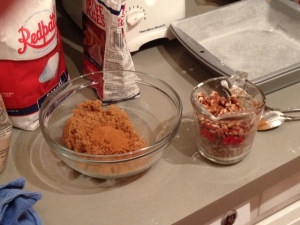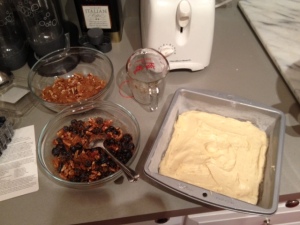The Laura Secord chocolate
As I was reading up on my Toronto history the other day I discovered that Canada has a confectionery heroine. It’s the bicentenary this year of the War of 1812 when America declared war on Britain assuming that victory in Canada would be certain …..
The heorine in questions is Laura Secord who in 1813 epically trekked 20 miles early one midsummer’s morning to warn the British forces of American plans for attack and thereby saving hundreds of lives. Her tale has all the right elements for a heroine’s story; she was tended her wounded soldier husband when she heard of the attack plans, she was helped by native peoples to reach the British forces and pretty soon after her momentous journey became recognised for her bravery and determination. However, it took some fifty or so years before she received more concrete tokens of gratitude for her efforts – in 1860 the then Prince of Wales, Albert Edward, on a visit to Canada rewarded the aged Secord with a £100 pension.
What I particularly like about the Secord story is the way it’s attracted additional elements added to build a truly romantic picture of the war heroine. As Stephen Marche points out in the Walrus magazine ‘she did not do so while leading a cow. Nor was she barefoot. Although we can all agree that it would have made for a better story if she had been barefoot and leading a cow.’ Whatever the simplicity at the core of Secord’s story there’s nothing like a few pastoral embellishments to enhance a tale of selfless courage. But whether shoed or barefoot, and with or without a cow Secord’s actions have become some of the most well known from the War of 1812.
And long lasting fame has such a sweet taste to it, in the form of Laura Secord’s chocolates; imagine that, a whole chocolate company named after you! Such an accolade has to be worth a 20 mile hike. The first Laura Secord shop was opened in 1913 (there’s an centenary just round the corner, I wonder if that’s a free chocolate kind of event?) and by the end of the 1960s there were Secord shops from coast to coast.
 Laura Secord stores in the 60s and today
Laura Secord stores in the 60s and today
I thought that it would be wrong not to try them so below is the selection I picked up from a local Secord store:
The swirling milk chocolate ball at the back had whole almonds inside, rather like an almond version of Roses hazel whirl, the pumpkins (obligatory I felt at this time of year) were milk chocolate beneath the orange, as were the Laura Secord cameo chocolates and the final chocolate at the bottom left was a French crisp which was recommended when I asked for something praliney but was perhaps a little more brittle than I’d have liked.
The anatomy of a pumpkin; the chocolate reminded me of Cadbury’s Roses.
The Secord chocolates are not above their own bit of mythologising, giving the profile of Laura on their signature chocolate and logo a distinctly mid-nineteenth century feel than the more severe regency appearance she might have had; a bit more American Civil War (via Gone with the Wind) than the War of 1812 in the style of Jane Austen. Still I’m more than happy with any excuse to mix chocolate and history and I’m looking forward to seeing what cocoa filled legacy is created for 2013.













































